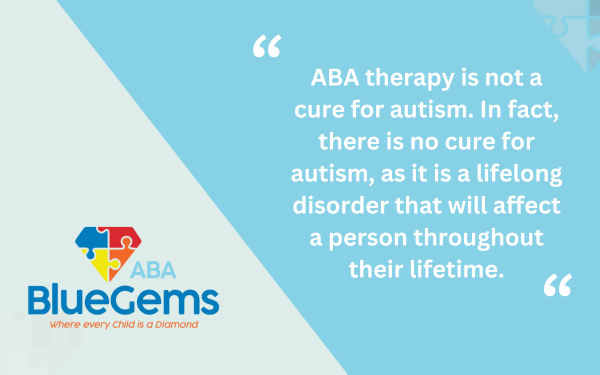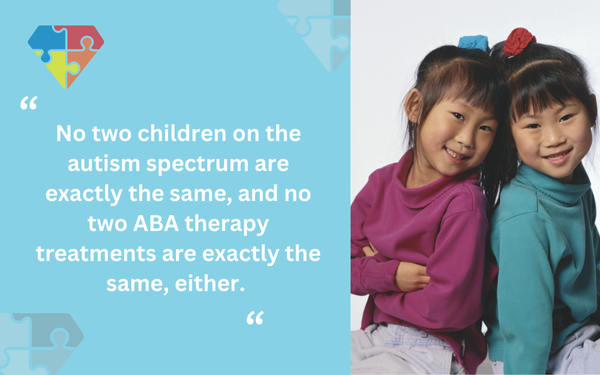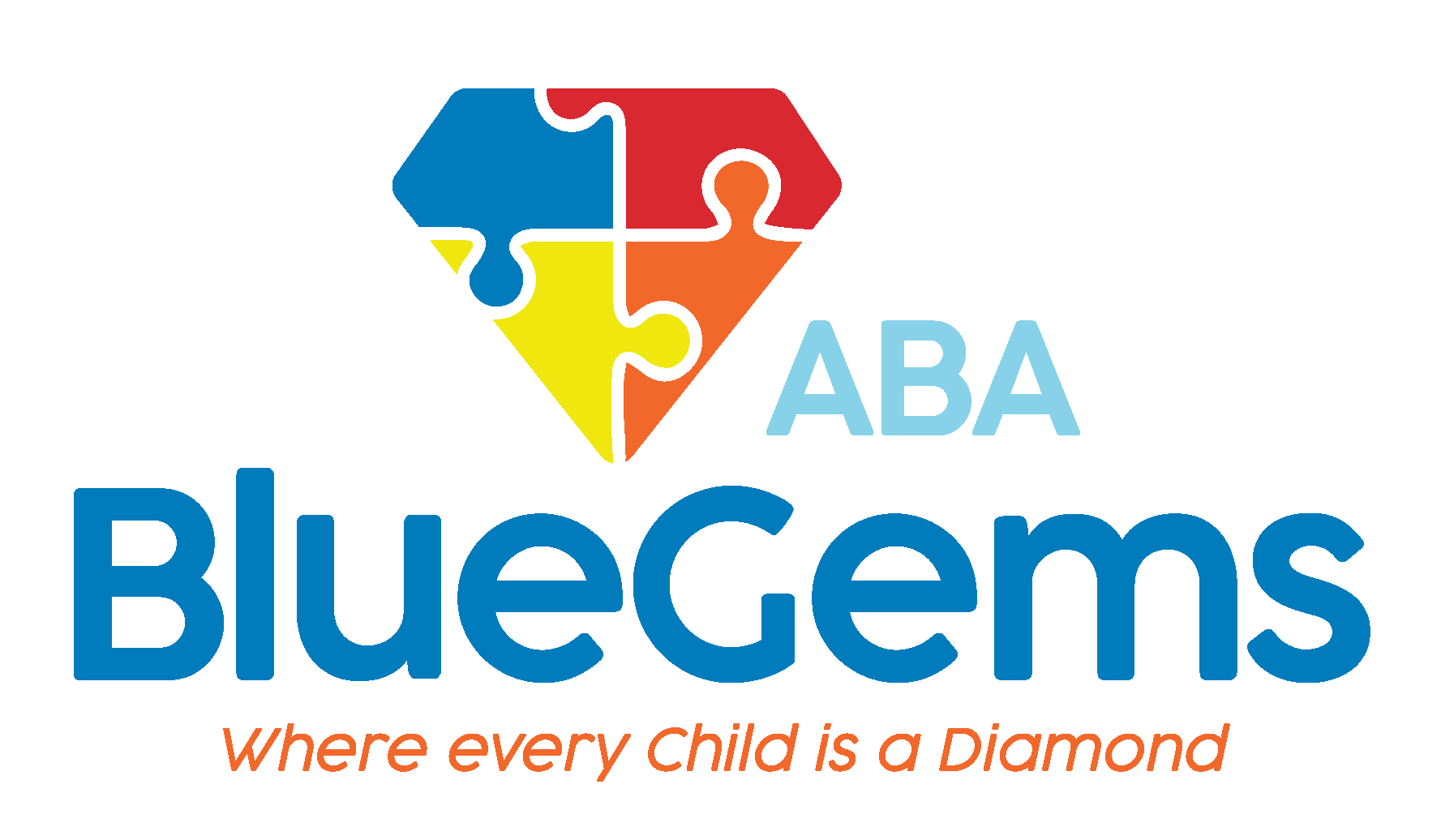Common Misconceptions About ABA Therapy
Applied behavior analysis, or ABA therapy, is widely considered to be the gold standard of treatment for children with autism spectrum disorder (ASD). ABA therapy is rooted in the principles of Behavior Analysis (BA), other scientific principles and evidence of what works well to support children with this neurodevelopmental disorder.
As more knowledge, awareness and acceptance of autism has occurred in the last 25 years or so — thanks to advanced research and awareness campaigns — so, too, has the knowledge, awareness and acceptance of ABA therapy.
That being said, there are still a lot of misconceptions and stigmas surrounding ABA therapy and autism in general. Below are some of the most common misconceptions about ABA therapy.
Table Of Contents
ABA Therapy is a Cure for Autism
ABA therapy is not a cure for autism. In fact, there is no cure for autism, as it is a lifelong disorder that will affect a person throughout their lifetime.
Instead, ABA therapy is a treatment plan that helps children on the autism spectrum build the social, communication and daily life skills with which they typically struggle. Using positive reinforcement, repetition and many strategies, therapists also help children build skills and modify certain harmful behaviors.
In essence, ABA therapy treats the symptoms of autism. It is not a medical treatment that seeks to change something within the child’s body.

ABA Therapy is Robotic
It’s true that ABA therapy relies on repetition to teach certain skills and help them modify behaviors. Some people are concerned, though, that ABA therapy creates individuals who are only “programmed” to recite what they’ve learned in sessions.
That couldn’t be further from the truth, though. The ultimate goal of ABA therapy is to help support children with autism so that they can live more independent lives.
To do so, ABA therapy seeks to teach practical skills that children can apply to real-world scenarios. While these skills are initially taught in controlled and specific environments, it’s the job of the therapists to eventually help children apply those skills learned in sessions to other environments so they can truly grow.
ABA Therapy Follows a Script
Many aspects of ABA therapy are very methodical. Some of the strategies that therapists use follow precise steps, simply because that is what the evidence has shown works.
This might sound like therapists are following a general script that is applied to every patient, but that’s not true. In fact, one of the main reasons why ABA therapy is so effective is that it’s extremely flexible.
Treatment plans are personalized to each individual patient and are customized to their unique strengths and challenges. The reason for this is that no two children with autism are exactly the same, so their ABA therapy treatment plans shouldn’t be, either.
Every ABA Therapy Treatment Program is the Same
This misconception is related in some ways to the one above. It’s important to emphasize that ABA therapy is a very nimble, flexible and personal treatment program.
No two children on the autism spectrum are exactly the same, and no two ABA therapy treatments are exactly the same, either. While every ABA therapy plan is based on the same principles, therapists cater and adjust each patient’s specific treatment plans around very personalized goals.

There is an in-depth evaluation and observation period when a patient first starts with ABA therapy. This gives the team ample data and information about the child that they then use to craft a treatment plan that specifically addresses their needs and challenges.
ABA therapists have many different tools and strategies they can use to administer the therapy, and which ones they choose — and how they will be administered — depends on the individuals child.
For instance, positive reinforcement is a key component of all ABA therapy plans. However, what is used for the positive reinforcement reward depends on the child’s interests, wants and preferences.
If the child is motivated by getting extra time with a toy they love, then that toy can be used as the positive reinforcement reward for the ABA therapy plan.
Likewise, ABA therapy plans don’t stay the same for the life of the treatment plan. Therapists will collect and analyze a wealth of data during and after sessions, monitoring and tracking patients’ progress toward goals. Those goals and/or the strategies used can then be adjusted based on the progress that is made.
| Misconception | Fact |
|---|---|
| ABA Therapy is a Cure for Autism | ABA therapy is not a cure but a treatment that helps develop essential life skills. Autism is a lifelong condition, and ABA therapy aims to support individuals in achieving independence. |
| ABA Therapy is Robotic | While structured, ABA therapy focuses on real-world applications, not just rote learning. It encourages flexible thinking and problem-solving skills. |
| ABA Therapy Follows a Script | ABA therapy is highly flexible and personalized to each child’s needs. Treatment is adjusted based on progress and real-time observations. |
| Every ABA Program is the Same | Each ABA program is tailored to the child’s specific challenges, strengths, and goals. No two programs are identical. |
Blue Gems ABA Supports Children with Autism
These are just a few of the misconceptions surrounding ABA therapy. It’s important to note that ABA therapy has become the gold standard treatment for children with autism for a reason, and that reason is that it works.
At Blue Gems ABA, we work hard every day to support children on the autism spectrum as best we can. We do this through ABA therapy, helping every patient build the social, communication and daily life skills with which they typically struggle.
To learn more, please contact us today.




